Dyslexia is a learning disorder primarily affecting the skills involved in accurate and fluent word reading and spelling.
The concept of word blindness as an isolated condition was first developed by the German physician Adolph Kussmaul in 1877. It was then identified in 1881 by Oswald Berkhan. The term dyslexia was later coined by Rudolf Berlin in 1887.
The word dyslexia comes from the Greek prefix dys meaning hard, difficulty or bad and lexiameaning word or speech.
The International Dyslexia Association in 2002 defines dyslexia as a neurobiological learning disability characterised by problems associated with accuracy and recognition of words, and difficulties with decoding and spelling. They note these problems often occur as a result of deficits in learners’ phonological language and are often not obviously identified because there are no other cognitive impediments impacting on learning. Often first signs of dyslexia occur when learners experience problems with comprehension and demonstrate a dislike for reading, which impedes the growth of vocabulary.
Source: https://dyslexiaida.org/definition-of-dyslexia/
Four main problem areas exist for learners with dyslexia:
- Phonological awareness: The ability to hear sounds and words and to associate sounds with appropriate letter combinations.
- Visual sequential working memory: Remembering what you see in the order in which you see it, long enough to do something with the information.
- Auditory sequential working memory: Remembering what you hear in the order in which you hear it and being able to hold on to it long enough to make an appropriate response.
- Information processing: The ability to process information and present it in an appropriate form.
Signs and symptoms of dyslexia can vary from day to day. Most learners with dyslexia will exhibit approximately 10 of the following traits and behaviours…
… to see more visit SLEUTH™ Field 4, Section 12.
Visit SLEUTH™ to read more on how Teaching Learners with Dyslexia skills can help grow your pedagogy and your learners outcomes.

